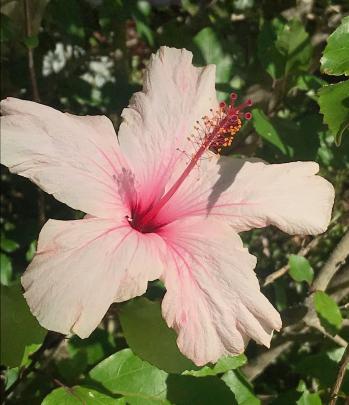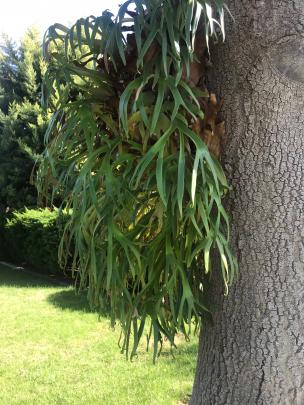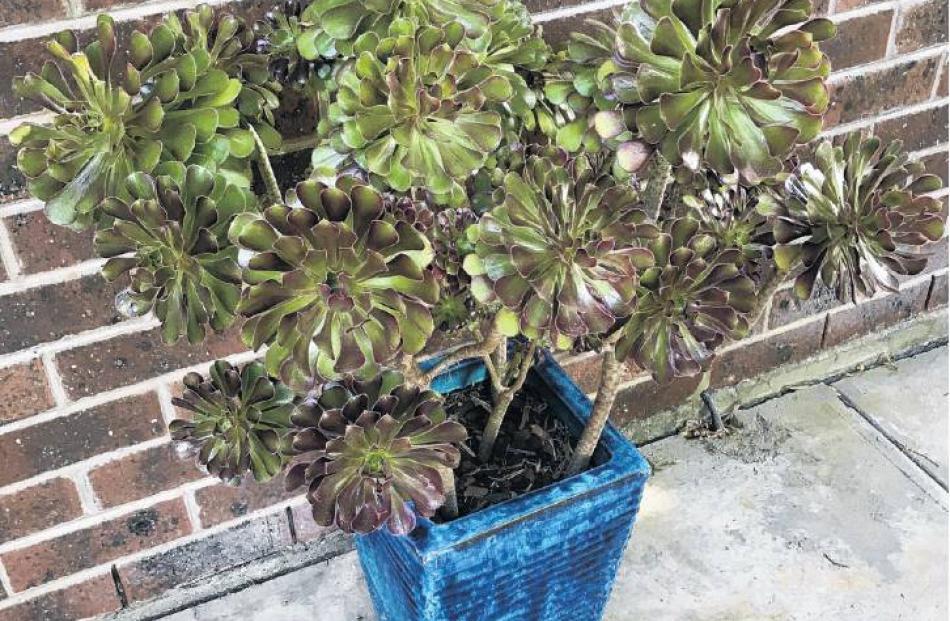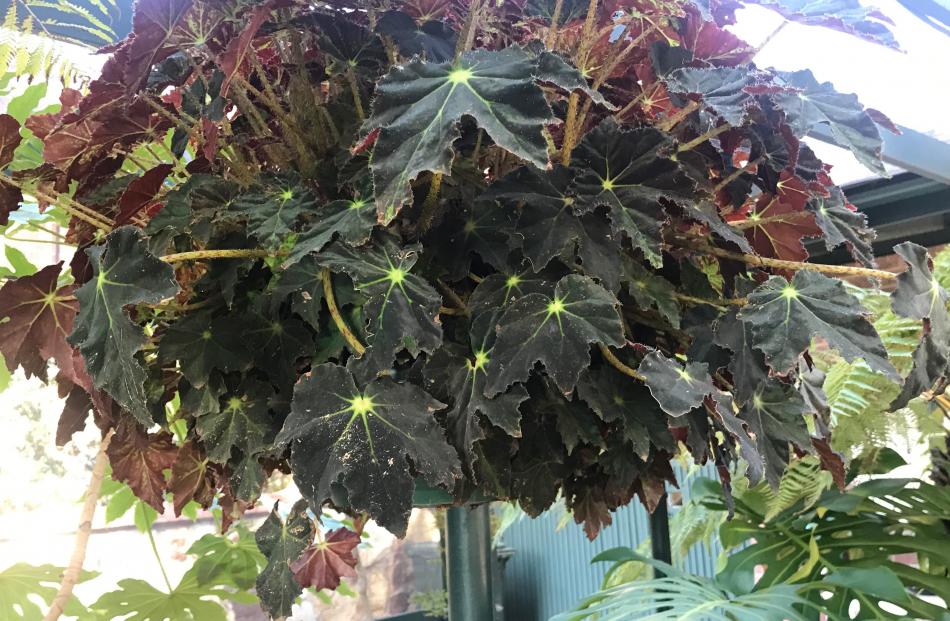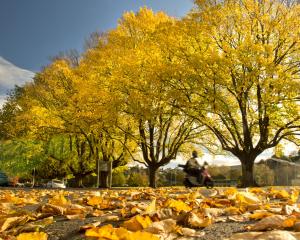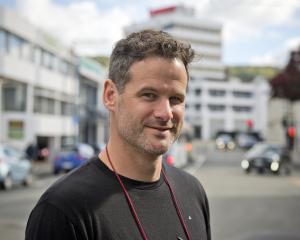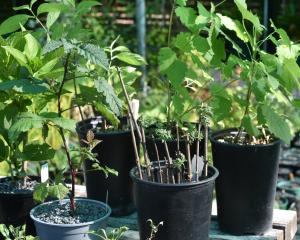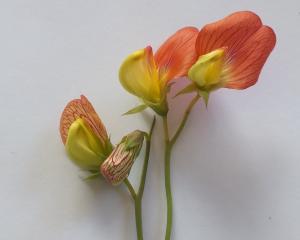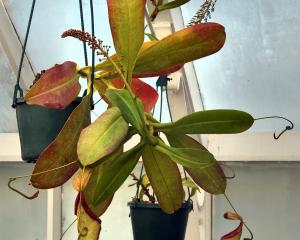Gillian Vine visits an Adelaide garden adapted to the harsher climate.
How times have changed.
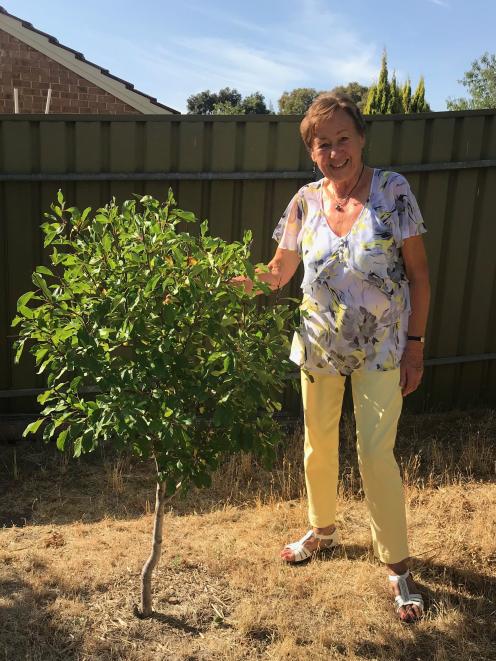
When Ilse and Klaus Nienhaus built their house, water was not an issue. Now it's a huge part of every Adelaide gardener's budget, as every litre has to be paid for and Ilse saves every drop she can to use in the garden.
Born in Germany, Ilse moved to South Australia as a youngster, married fellow migrant Klaus and the couple lived in Adelaide, building their first house there.
Ilse's parents returned to Germany and she missed them so much, she and Klaus followed. But Australia tugged them back and in 1973 they returned to Adelaide and built a new home not very far from their first house.
"When we bought this place, it was covered with Salvation Jane, nothing else," Ilse said.
Known elsewhere as Paterson's curse and an extremely invasive introduced plant, Salvation Jane is the South Australian name for Echium plantagineum.
The couple built a house on the site and started planting the section.
"When we started this garden 46 years ago, we wanted to create our own little paradise with lovely plants and fern trees," Ilse said.
"I grew lots of plants from cuttings and swapped with friends, as most of my friends are gardeners."
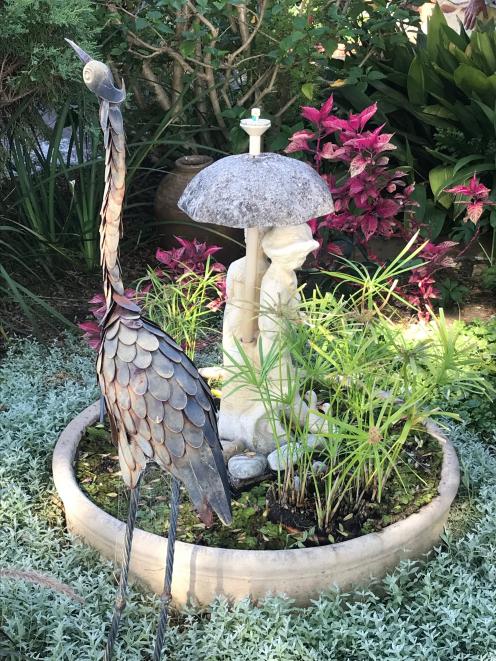
Survivors from back then are surprisingly numerous, including four tree ferns, two hibiscus, a begonia in a hanging basket and the claret ash.
The ash is South Australian, originating from a seedling of European ash (Fraxinus angustifolia) found in the Mount Lofty Ranges about 1910. The Nienhaus specimen has been well-maintained by professional aborists over the years and now has an impressive stagfern (Platycerium) on its trunk.
"It's a blessing because it gives me beautiful shade in summer," Ilse said.
The pines have gone, though - "We had to cut them down because they grew too big" - and so, too, has the goldfish pond Klaus made.
"We had a big fish pond at the start, with over 100 goldfish, many of them unusual kinds, and Klaus filled it with water lilies. But the ash leaves killed the fish, so it's now filled in."
Hydrangeas, that were "great in Germany", struggle in Adelaide but Aeonium arboreum Schwarzkopf has proved a useful plant as have the low-maintenance conifers that fill the sunbaked area along the street frontage, especially now Ilse does all the gardening.
A mature olive has proved disappointing, producing lots of fruit that is "mostly stone and skin".
However, a prune tree is Ilse's pride and joy.
"This year, I had 20 prunes and ate one a day."
Herbs do very well in sunbaked Adelaide and the Nienhaus line-up includes marjoram, oregano, lemon balm, lemon verbena, caraway thyme, chives and lemon grass.
By the end of February, the tomatoes are over but capsicums are thriving, protected by old umbrellas to prevent the fruit getting sunburnt.
Otherwise, the vegetable garden looks sparse as Adelaide's broiling heat - 46degC on February's hottest day this year - defeats many summer crops. Instead, Ilse has changed her vegetable-garden approach, saying: "I have decided not to grow anything in summer."
Instead, she now concentrates on winter and spring crops, including leeks, onions, broccoli and lettuce.
Despite growing less in the hot months, Ilse says summer holidays are not an option because so much might die without regular watering. As it is, groundcover ferns are "burnt, burnt, burnt" by late summer and the tree ferns have to be watered daily.
With hindsight, she says she might have done things a little differently - for example, not growing hydrangeas - but believes that overall she has attained her small piece of paradise.

